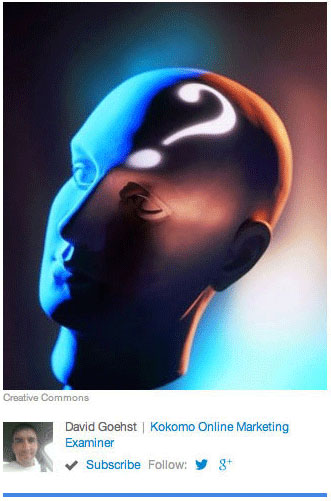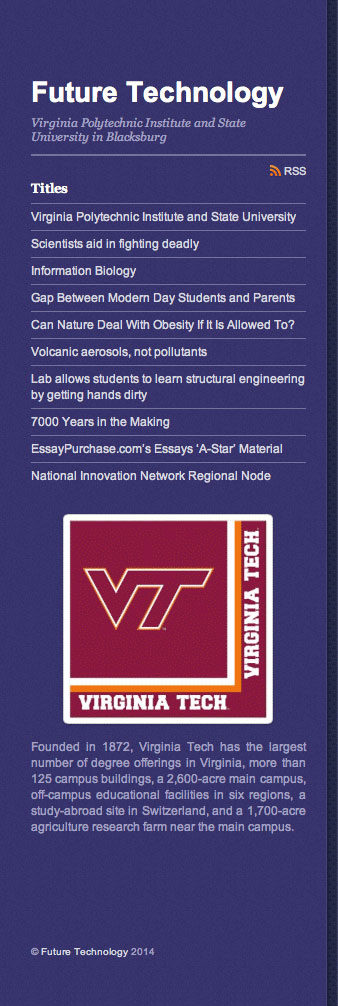David Birnbaum Metaphysics
April 18, 2014
Epoch-CosmicWomb


David Birnbaum’s Integrated Metaphysics & Cosmology:
The Cosmic Womb of Potential
By Justice Pretorius
Potentialism is a field conceptualized by private scholar David Birnbaum of Manhattan and introduced by him in 1988. Simply put, according to the theory Potential itself drives the cosmic order. At first blush this concept is hard to grasp. However, Birnbaum makes-the-case from multiple perspectives across his 3-volume treatise Summa Metaphysica - Volume I: Religious Man (1988), Volume II: Spiritual Man (2005), and Volume III: Secular Man (2014). The Theory of Potential is widely considered a compelling cosmic theory.
Metaphysics is a small, albeit crucial, corner of philosophy which deals with the building blocks of the universe. It was the field of the Ancient Greeks. Yeshiva-eduvated and Harvard-educated Birnbaum jests that he is ‘the last Greek philosopher.’ He also might be the best.
Birnbaum’s Potentialism proposes that there, indeed, is a protagonist to the cosmic order, but that the protagonist is a ‘quest’ and not a ‘classic entity.’ Ongoing the universe iterates and quests for its maximal potential. The core dynamic Quest for Potential∞ strives with purpose and direction towards ever-greater and higher potential. At the beginning of time eternal Quest for Potential harnessed the eternal equations of Physics-Mathematics to ignite our universe via the Big Bang. This same symbiotic dynamic – Quest for Potential in league with Physics-Math – then acted as a catalyst for life, evolution, sexuality, language, emotion, consciousness, and, indeed, for all the key dynamics which have evolved in the universe.”
The incumbent (antiquated?) academic/philosophical paradigm is Randomness/atheistic. According to this schema all is random chance – the igniting of the universe, the emergence of billions of galaxies, the emergence of life, evolution, language, emotion and consciousness. They all ‘just happened.’ According to this schema there is no design or direction or purpose whatsoever to the cosmic order. The schema is sort-of the Theory of No Theory.
Birnbaum’s hypothesis frontally challenges the academic status quo and totally rejects randomness as the core determinant of the cosmic order. Per Birnbaum, randomness in the universe is ancillary to the core thrust of Potential. Birnbaum’s Theory of Potential introduces many new ‘tools’ and concepts in his exposition of the cosmic order. One of his tools is his conjecture that the cosmic order mimics the human body. In due course Birnbaum’s treatise arrives at the concept of the Cosmic Womb of Potential. The concept is pivotal to the theory.
Components
One of Birnbaum’s favorite ‘tools’ is infinite ‘nesting’. Remember those lacquered Chinese wooden dolls wherein there is a doll within a doll within a doll. That is an example of ‘nesting’. If Birnbaum nested these dolls infinitely that concept would be noted symbolically as doll (doll (doll. Birnbaum takes a more powerful dynamic to nest, his signature Quest for Potential ( Potential ( Potential. Remember, that potential to begin with is a somewhat nested term. Your ‘potential’ is the sum of all your potential tracking-forward to the end-of-time. Thus infinitely nesting Quest for Potential ( Potential ( Potential is a quite turbo-charged concept.
At that point, Birnbaum ratchets-up the theme yet further. As the womb is almost synonymous with life-affirming Potential, Birnbaum represents the cosmic order as infinitely-nested wombs of potential. The imagery is compelling. Birnbaum conceptualizes the cosmic order a Womb of Potential within a Womb of Potential ad infintum. It is this infinite ‘nesting’ which gives Potential its awesome power. Terms similar to ‘nesting’ are ‘recursive’ and ‘iterative’.
Infinitely recursive
While science still plumbs the depths of quantum mechanics and beyond, there has been a clear trend that the harder science looks, the smaller the particles it discerns. Water was originally called a pure element. It would be millennia before humankind discovered that it was, in fact, created from hydrogen and water. But even those elements were found to be reduce-able to neutron, proton and electron. Currently, we see even those one-time irreducibles are being deconstructed and new words enter the lexicon – gluons, hadrons and mesons. Reasonably speaking, there is no rational reason for expecting this trend to discontinue at any point.
Likewise, as far as we can comprehend, we see the womb model extend forward iteratively to the known edges of the universe – from atmosphere around a planet, to the cluster of activity around a star, to the great turning galaxies which radiate out to the edges of space. So we see recursion, as expected, at all levels of cosmology, satisfying the law of infinite recursion.
Fertile ground for the Quest for Infinite Potential
Most importantly though, the Cosmic Womb can be seen at all levels to satisfy its primary function as the “birthing ground” for Potential itself. It's place is rather obvious at the human level of existence and is self-explanatory.
On the microscopic scale, we see it in the various “fields of activity”. The womb is the area an atom can claim as its own, the place wherein the nucleus and the electrons interact - its purpose is to give birth and meaning to the atom itself. On a slightly larger scale, we can see it in the various bonds between atoms as their particles interact in such defined bonds as covalent and ionic. This interaction gives birth to Potential in the form of molecules.
Likewise, we see this field, or womb, scale up and far beyond the human level – at a more macro level. It is the rich space surrounding a new star that gives birth to planets. And it can be seen in the field between stars – so rich in matter, dark matter and energy – that make up the seeming darkness of the void of a galaxy.
An overarching birthing ground
The Cosmic Womb can be seen all around. It is omnipresent, infinitely iterative and fertile ground for creation, or as Potentialists would call it, a place to realize the Quest for Infinite Potential. It is properly called overarching because, to the Potentialist, Q4P is truly universal.
Potentialism embraces a teleological (purpose-driven) conceptualization of the universe, citing the exhaustive empirical evidence of purposeful design from the micro to macro in scale. In Potentialism the end-goal is E+ which is Birnbaum’s shorthand for his coined term – extraordinariation. Per Birnbaum, the cosmos eternally seeks the next level of the extraordinary. This is an eternal quest never fully-quenched. Hence the + in E+.
In turn ‘the extraordinary’ is offered-up by the infinitely nested Cosmic Womb of Potential conceptualizing the next level of extraordinary. All three components are working in-tandem:
Q4P (Quest for Potential infinitely iterated) is questing.
CWP (Cosmic Womb of Potential infinitely iterated) is offering-up possibilities and realities.
E+ (Extraordinariation) remains the goal.
As noted, the Cosmic Womb of Potential is operating on myriad levels - from the grand cosmic level to the sub-atomic level. Up-close we see the Cosmic Womb of Potential in (a) the drive of the earth's ecosystem as it self-regulates, in (b) the directional fashion in which evolution occurs and in (c) in the multi-generational progeny of an individual family. The Cosmic Womb is the infinitely nested ground in which the universe finds its path towards greater and greater Potential towards its final Extraordinariation. Cosmic Womb + Q4P → E+.
Over two dozen journals have featured Birnbaum’s Summa Metaphysica and its Theory of Potential in the 2013-2014 period alone. After a quarter century on the world scene since volume I of his treatise was published by Ktav in 1988, the theory remains unchallenged. The philosophical work has been a Course Text at over a dozen colleges globally, as well as the prime focus of a 4-day international academic conference at Bard College April 2012.
DAVID BIRNBAUM PHILOSOPHY / METAPHYSICS
Cosmology, Metaphysics & Philosophy: See sample testimonial on Summa Metaphysica, David Birnbaum's philosophy treatise:
"Birnbaum's God and Evil is an extremely significant volume which grapples forthrightly and originally with the problem… well-organized… clearly written… persuasive… Birnbaum comes as close as possible to solving the awesome dilemma of evil in a world created by a just God."
- JEWISH WORLD

 November 4, 2013
November 4, 2013




 Science – and physics in particular – seeks the Theory of Everything (TOE) in a formula or concept like ‘String Theory.’ To a physicist, a theory like ‘String Theory’ which potentially unifies Einstein’s large-scale physics with small-scale quantum physics would be a ‘theory of everything.’
Science – and physics in particular – seeks the Theory of Everything (TOE) in a formula or concept like ‘String Theory.’ To a physicist, a theory like ‘String Theory’ which potentially unifies Einstein’s large-scale physics with small-scale quantum physics would be a ‘theory of everything.’

